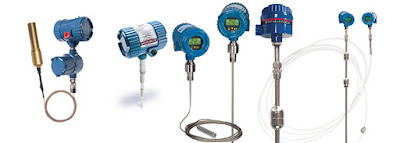 |
| Triple Offset Butterfly Valve (Pratt Industrial) |
Designed with metal-to metal seats, triple offset butterfly valves provide distinct advantages over traditional gate valves, namely lower weight, zero-leakage, ease in automation, and capable of being used for modulating service.
Industries Using
- Chemical
- Refinery
- Power
- Steam Generation
- Petrochemical
- Water/Waste Water Treatment
 |
| Click on image for larger view. |
- Offset 1: It is accomplished by moving the centerline of the shaft away from the seating plane.
- Offset 2: It is accomplished by moving the centerline of the shaft offset from the centerline bore of the valve.
- These two design features cause the disc to open and close relative to the body seat in a “camming” action and effectuate the position seated valve design which is typical of the High Performance Butterfly Valve, however there is still contact between the disc and the seat in the first several degrees of opening and closing which can cause premature wear of the seat in the general areas.
- In order to achieve an API 598 Shut Off classification a 3rd offset needed to be introduced to make the valve a “torque seated” design with graphite and metal seating surfaces.
- Offset 3: It is accomplished by adjusting the cone angle created by the 1st and 2nd offset angles at some point downstream of the valve in the center of the piping to the adjacent piping wall as depicted in the illustration below “Sticking tendency”. By incorporating the 3 offsets into one design typical of gate valves is eliminated with seat contact throughout the entire stroke reducing run torques and improving actuator modulating performance at the same time.

